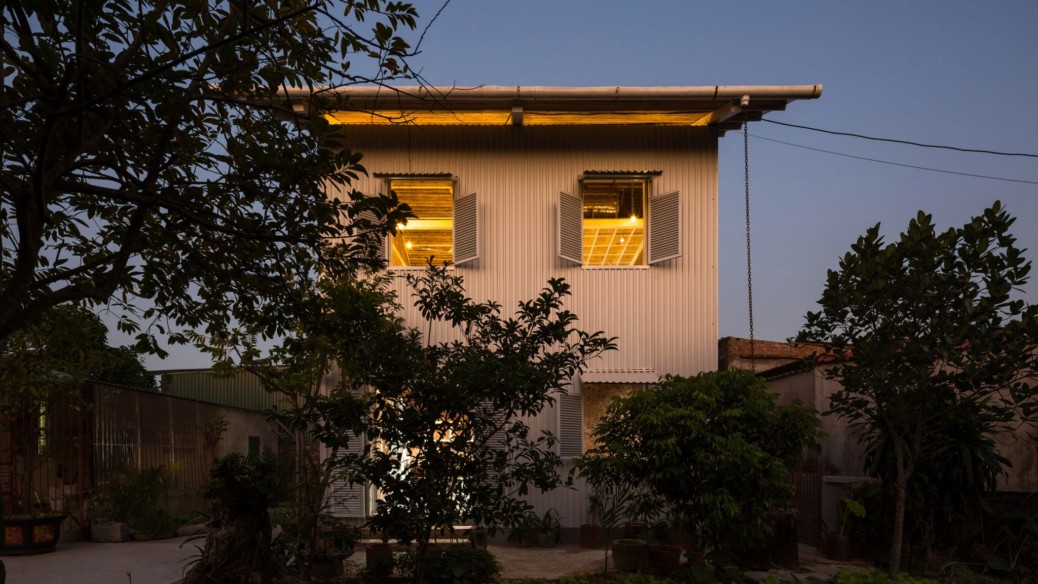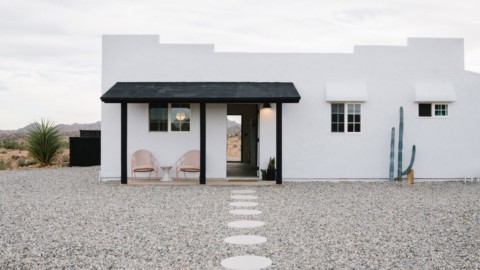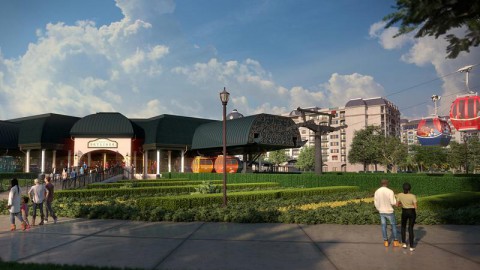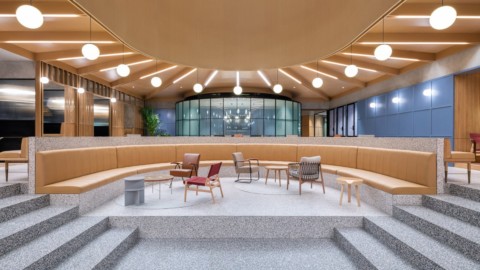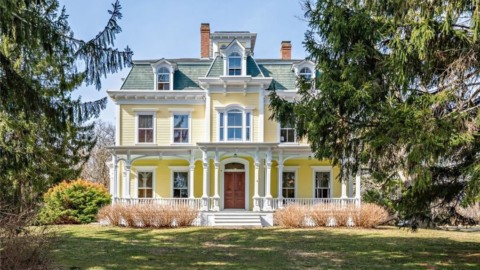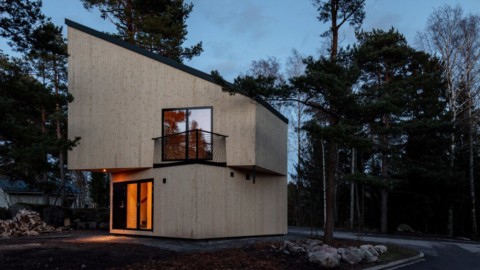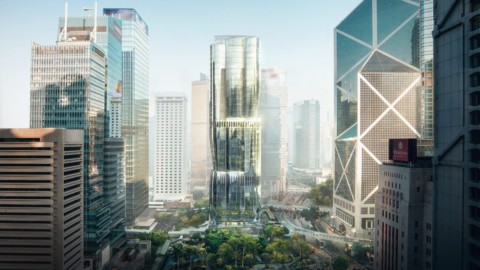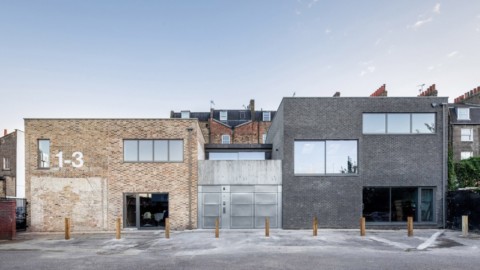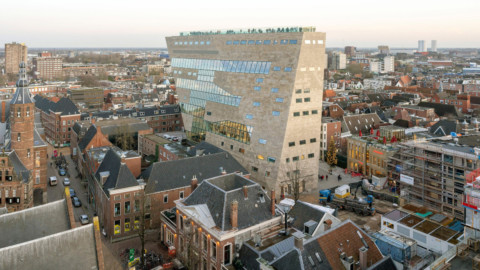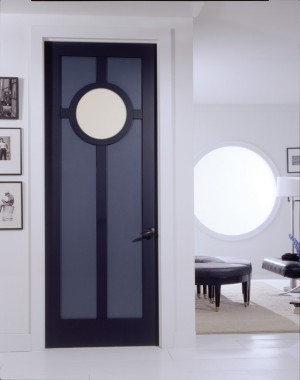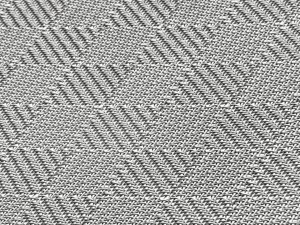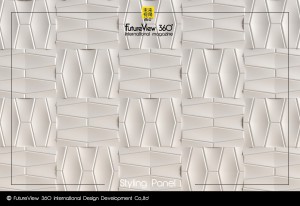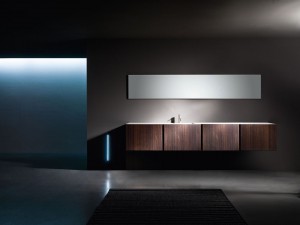Vietnamese studio H&P Architects has completed a corrugated metal-clad house in the An Lai hamlet in Hai Duong, Vietnam, which features an open-plan interior and playful net floors.
The two-storey house, named HOUSE by the studio, was built for a new family on a plot of land opposite an existing building. To keep it as self-sufficient as possible, H&P Architects added solar panels on the roof.
越南工作室H&P Architects在越南海陽的An Lai小村莊里完成了一座波紋金屬外殼的房子,該房子的特點是開放式內部裝飾和活潑的網狀地板。
這棟兩層樓的房子被工作室命名為HOUSE,是為新家庭建造的,位於現有建築物對面的一塊土地上。 為了使它盡可能地自給自足,H&P Architects在屋頂上增加了太陽能電池板。
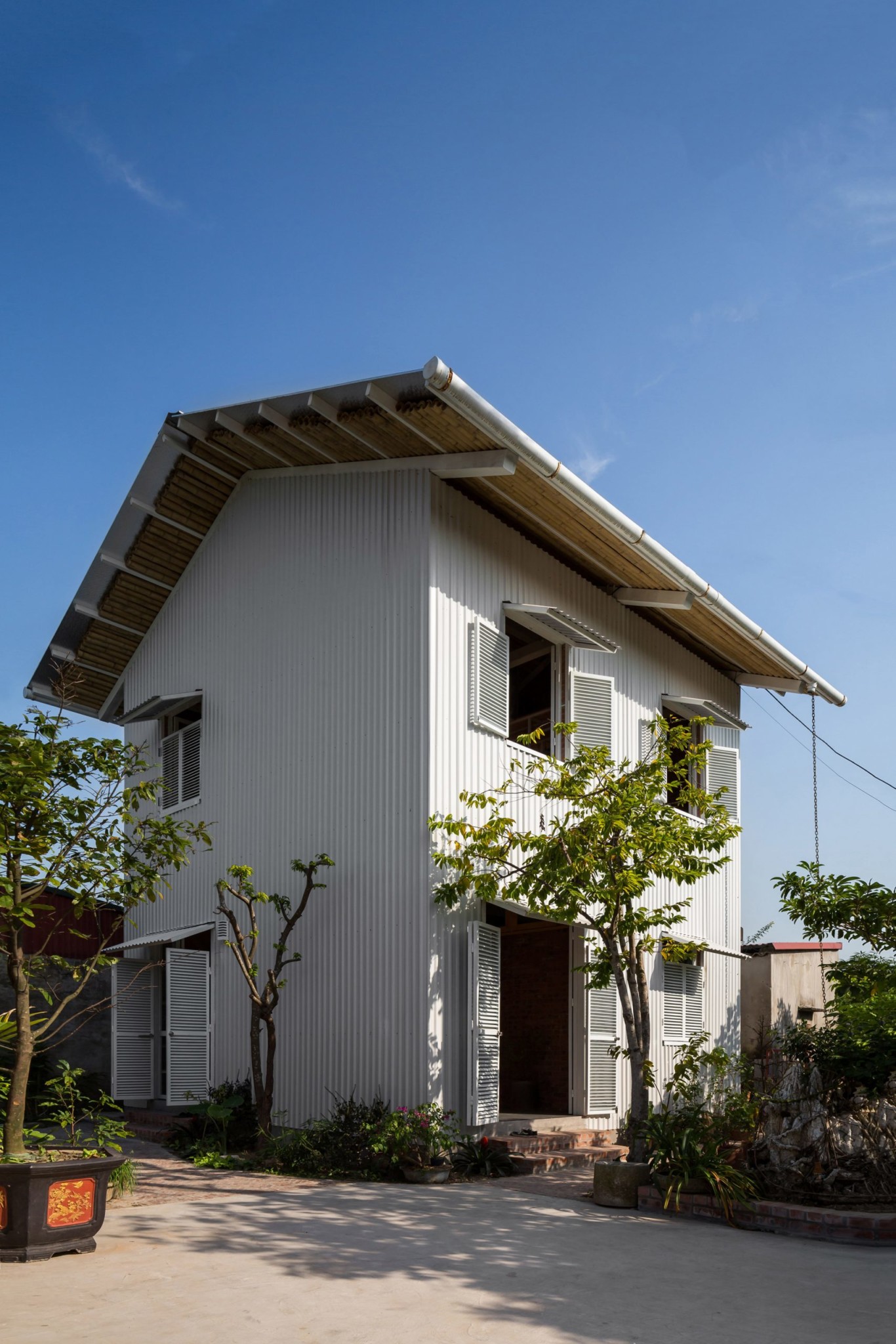
These can produce twice as much electricity as necessary for a conventional household, according to the studio, and residual electricity can be stored or traded.
A rainwater tank provides water for the house, while filtered water from its septic tank is used for watering the garden.
The 75-square-metre building was constructed from a reinforced-steel frame made from pillars and beams that form a pitched roof and are visible in the interior. It was clad in an envelope of bricks and hardwearing, corrugated white metal.
根據工作室的說法,它們產生的電能是傳統家庭的兩倍,剩餘的電能可以存儲或交易。
雨水箱為房屋提供水,而化糞池中的過濾水用於澆灌花園。
這座75平方米的建築是由鋼筋混凝土框架構成的,該框架由形成傾斜屋頂的支柱和橫梁製成,並在內部可見。 它被包裹在磚和耐磨的波紋狀白色金屬的信封中。
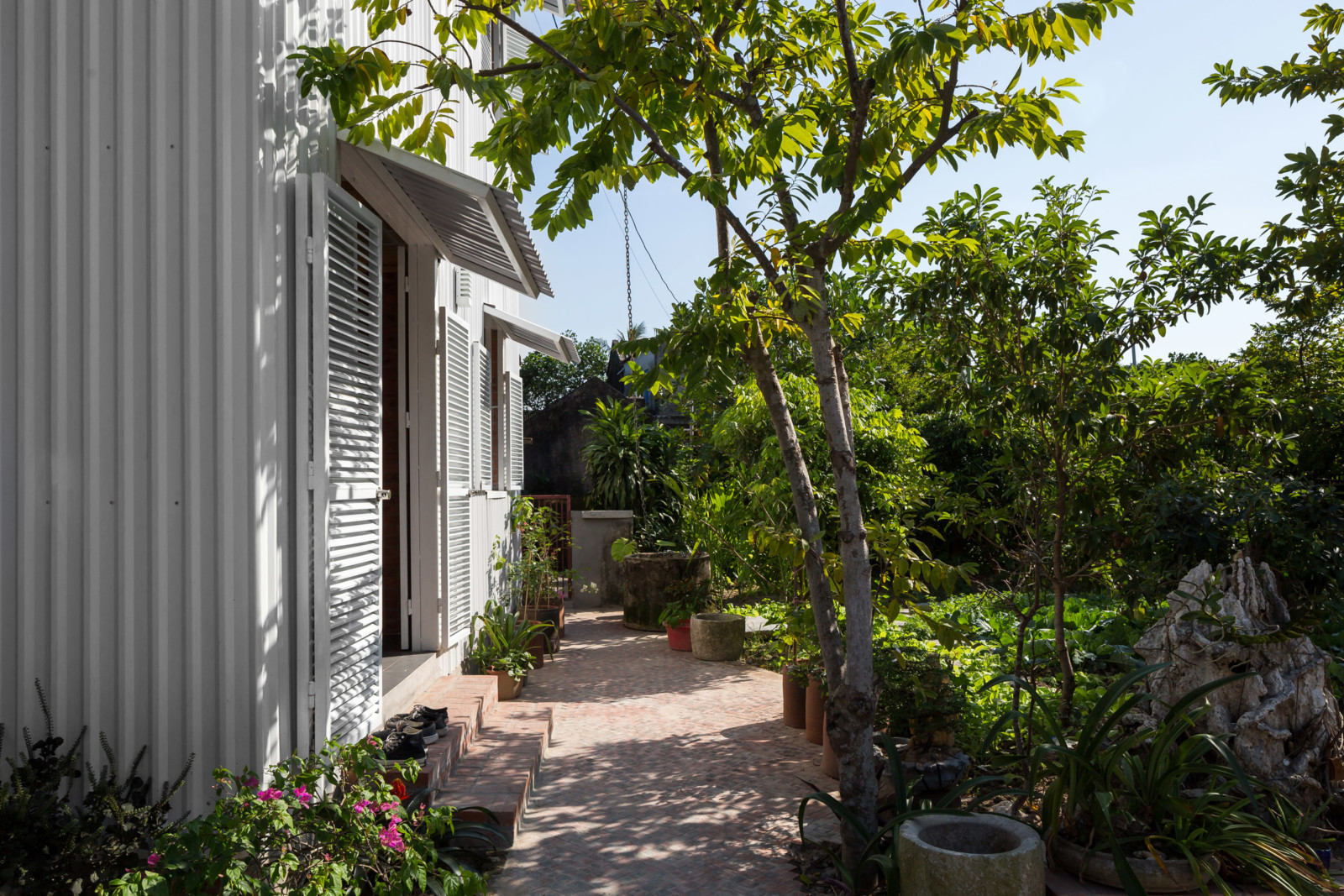
The house was commissioned by a family where the son is getting married and is located next to the family home.
“The husband works for Mao Khe Coal company in Quang Ninh province and his wife does farming work and also is a mason coolie after harvest time,” H&P Architects founder Doan Thanh Ha told Dezeen.
“They decide to have this house built for their son because the one they are living in is too small.”
這所房子是由兒子要結婚的一家家庭委託建造的,位於家庭住宅旁邊。
H&P Architects創始人Doan Thanh Ha告訴Dezeen:“丈夫在廣寧省的毛希煤炭公司工作,他的妻子從事農業工作,在收成之後也是個苦工。”
“他們決定為兒子建造這所房子,因為他們所住的房子太小了。”
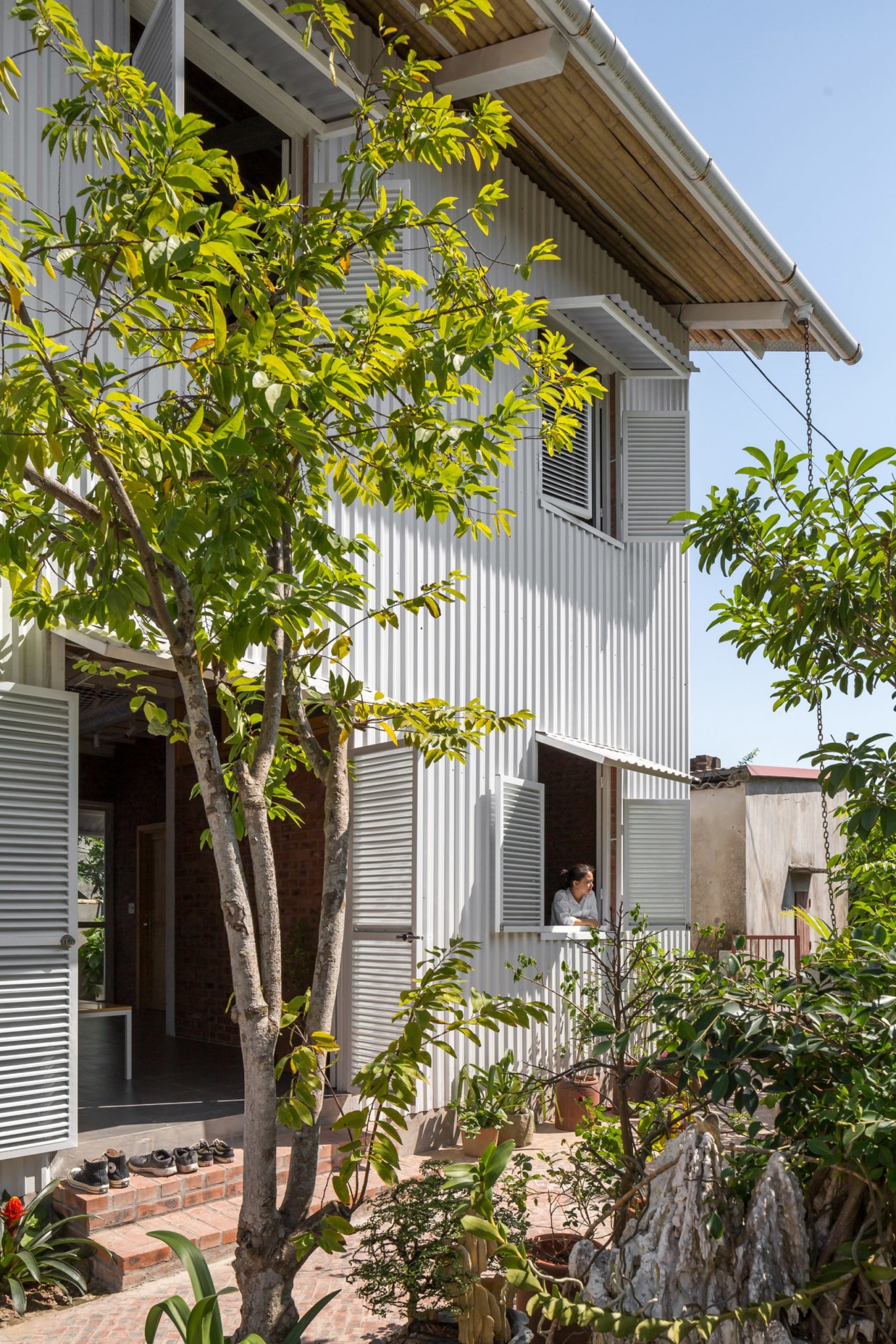
Inside the house, the architect designed open-plan spaces and left the brick walls bare.
The interior was created based on the needs of the family and features a playful, open net-floor that allows air to move through the house and complements the gridded sides of the staircase.
在房屋內部,建築師設計了開放式空間,並裸露了磚牆。
內部裝修是根據家庭的需求而設計的,其特點是一個活潑,開放的網狀地板,可讓空氣流過房屋並與樓梯的網格兩側互補。
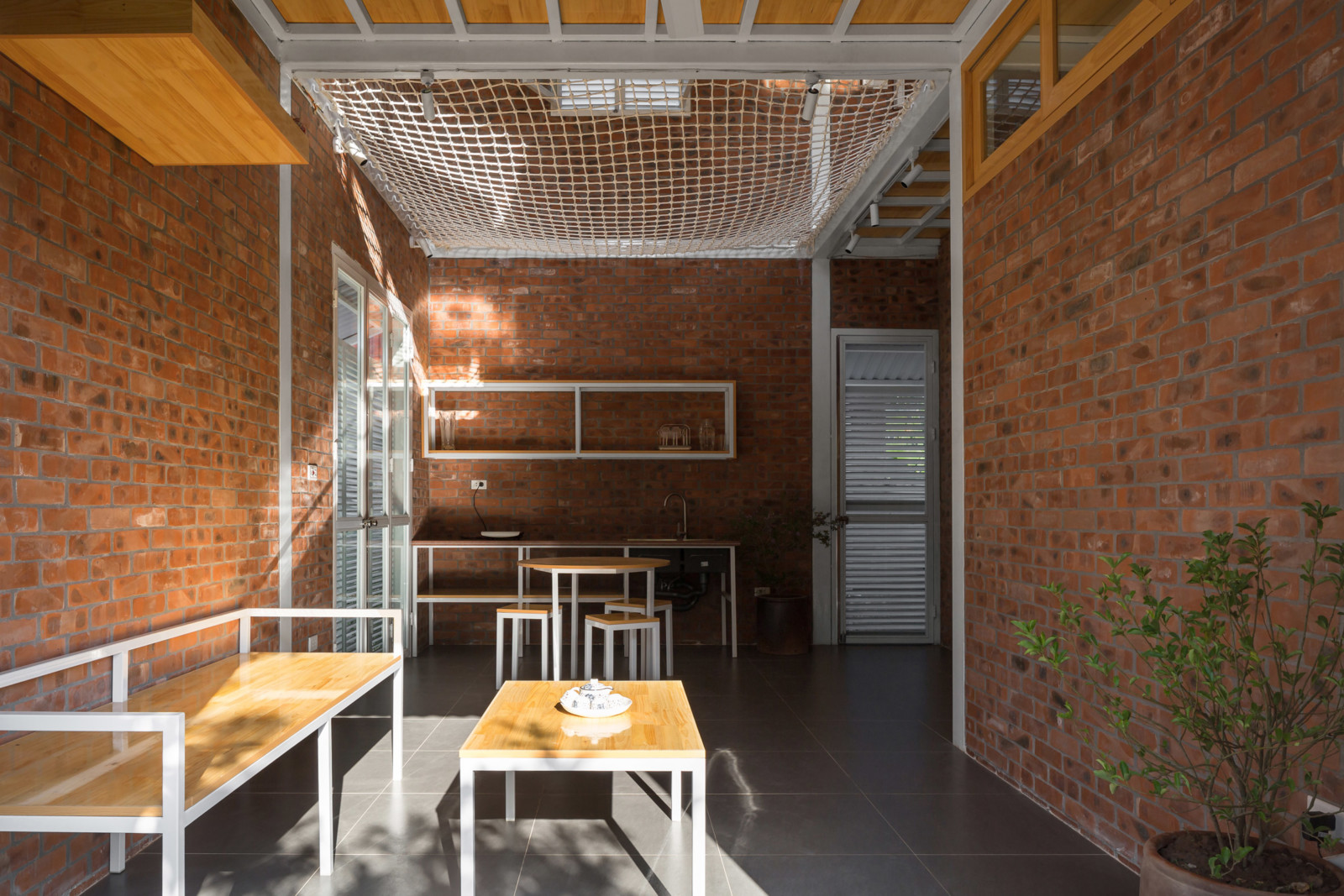
“I decided to use steel, wood and bamboo for the interior as they are popular materials in rural areas in Vietnam,” Thanh Ha said.
“Void space play an important role in small houses and can be filled when needed to increase the usable area.”
“The nets inside present a solution that fits these two states – open and closed – bringing about fresh experiences to the house.”
Thanh Ha說:“我決定將鋼,木材和竹子用於室內裝飾,因為它們是越南農村地區的流行材料。”
空隙空間在小型房屋中起著重要作用,可以在需要時被填充以增加可用面積。”
“內部網提供了適合這兩種狀態(開放和封閉)的解決方案,為房屋帶來了新鮮的體驗。”
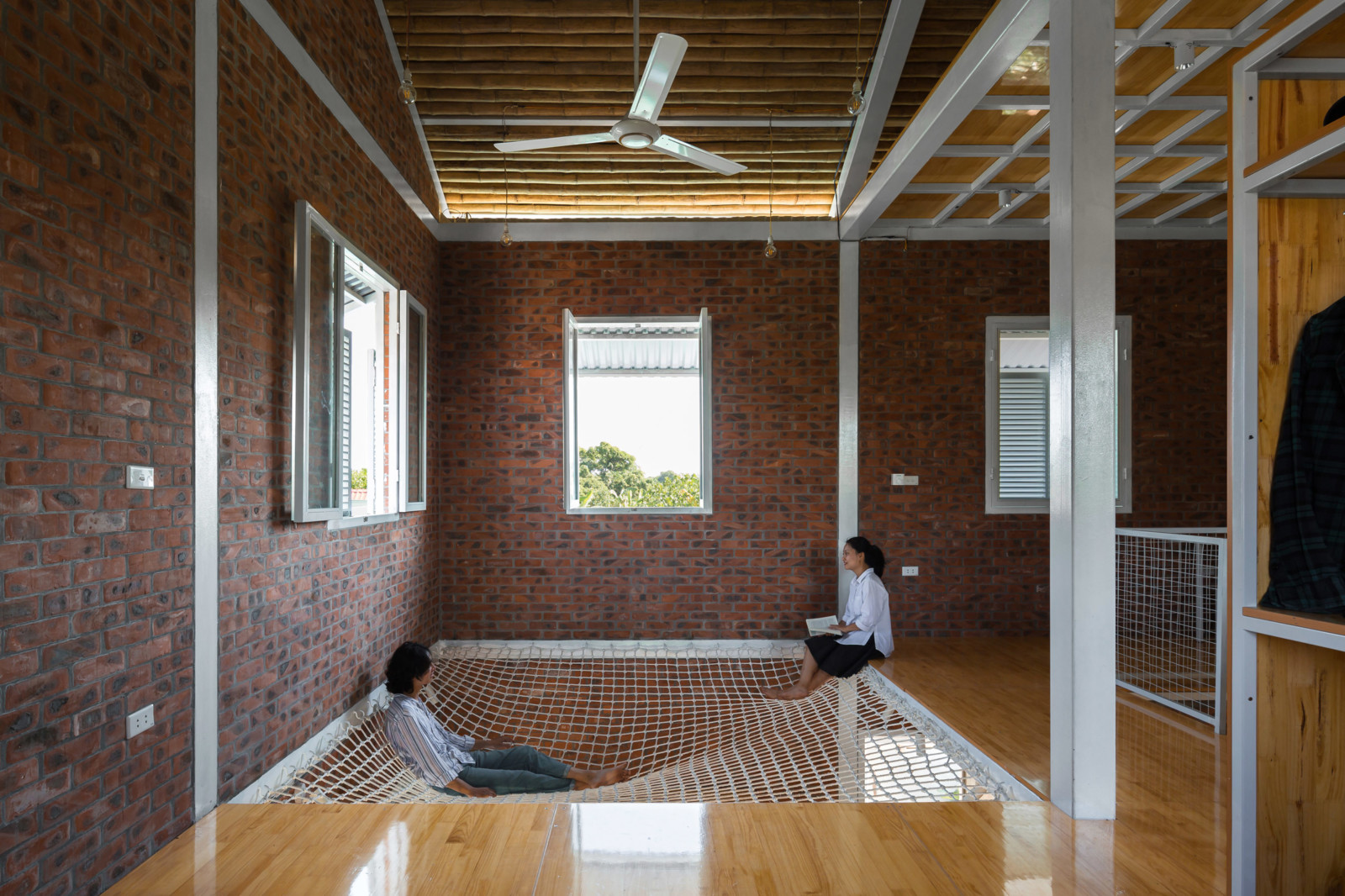
The residence is a part of H&P Architecture’s HOUSE project, which stands for “Human’s Optional USE” and sees the studio design the frame of a house and then adapt it to its surroundings.
“As Human’s Optional USE is made of three components – frame, covering, furnishing – it can be used flexibly in areas of different climate patterns according to its owner’s need,” Thanh Ha said.
該住宅是H&P建築事務所HOUSE項目的一部分,該項目代表“人的可選用途”,並看到工作室設計了房屋框架,然後將其適應周圍環境。
Thanh Ha說:“由於人類的可選用途由框架,覆蓋物,家具三部分組成,因此可以根據其主人的需要靈活地用於不同氣候模式的地區。”
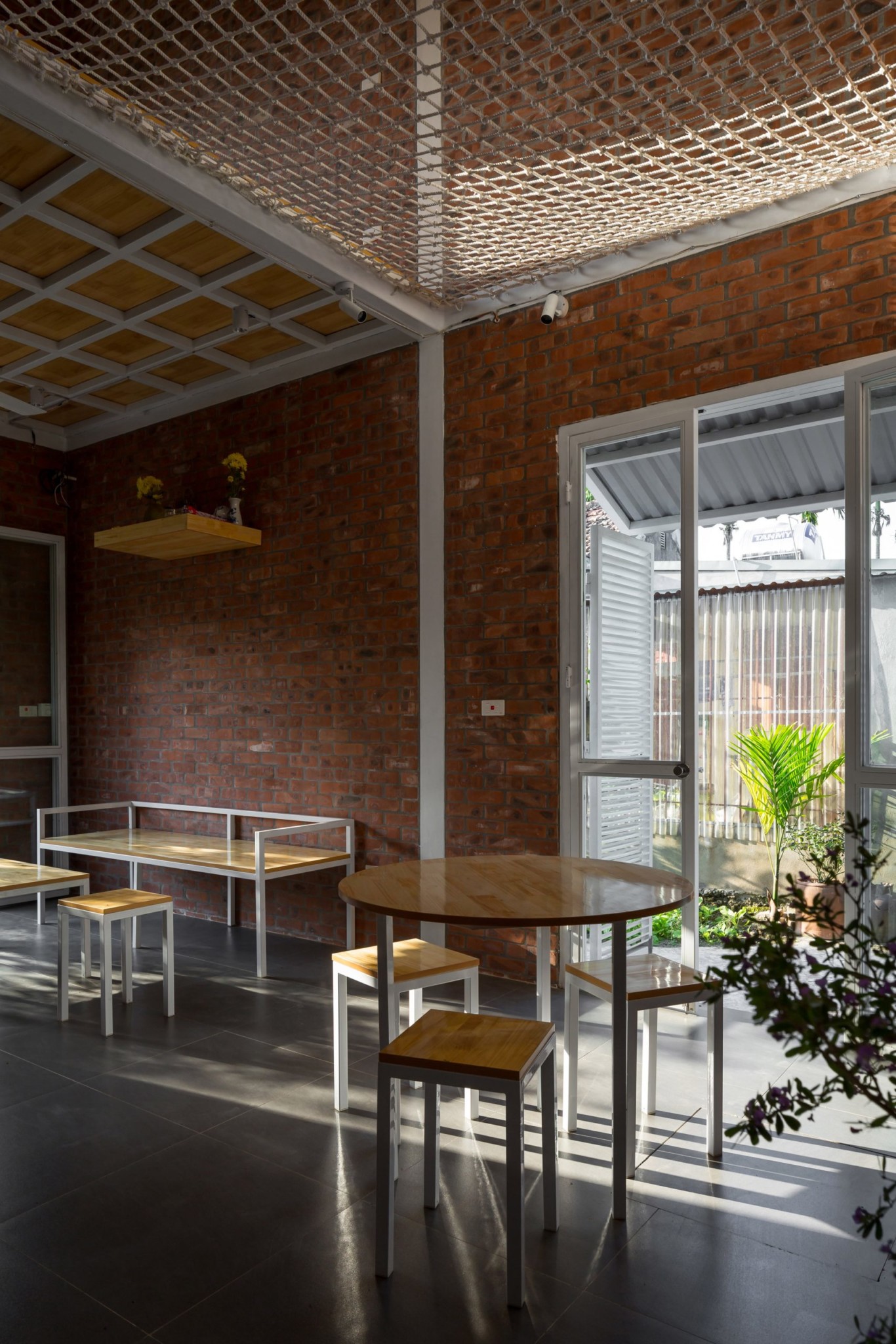
The buildings can be adapted for vulnerable areas, such as areas prone to flooding, and be built on steep ground.
“The frame allows lifting the foundation pillars to form a house-on-stilts for mountainous terrain, or spreading the foundation into a floating house supported by many barrels beneath over water,” Thanh Ha said.
這些建築物可以適應易受洪水侵襲的地區,也可以建在陡峭的地面上。
Thanh Ha說:“框架可以抬起地基柱,形成山區的高蹺房屋,也可以將地基散佈到由許多下面的水桶支撐的浮動房屋中。”
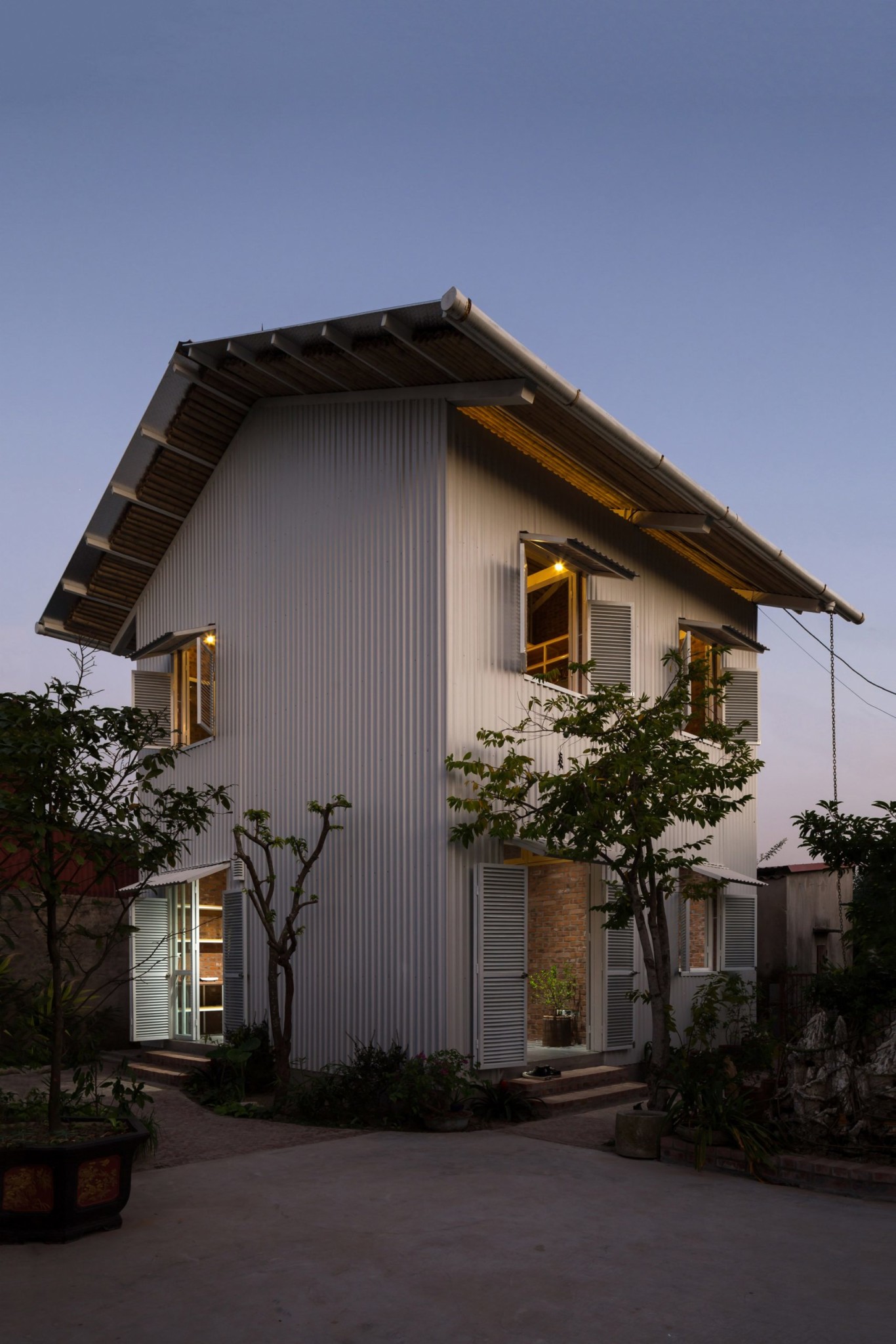
Building these kinds of houses en masse could help save resources in Vietnam, he argued. “In order to save land and water area, the houses I have made have at least two storeys,” he said.
“If houses in Vietnamese rural areas – about 70 per cent of the population – are made in this fashion, Vietnam can save a lot of natural resources, thus promoting more sustainable development.”
他認為,大規模建造這類房屋可以幫助節省越南的資源。 他說:“為了節省土地和水的面積,我建造的房屋至少有兩層。”
“如果以這種方式在越南農村地區建造房屋(約佔人口的70%),越南可以節省大量自然資源,從而促進更可持續的發展。”
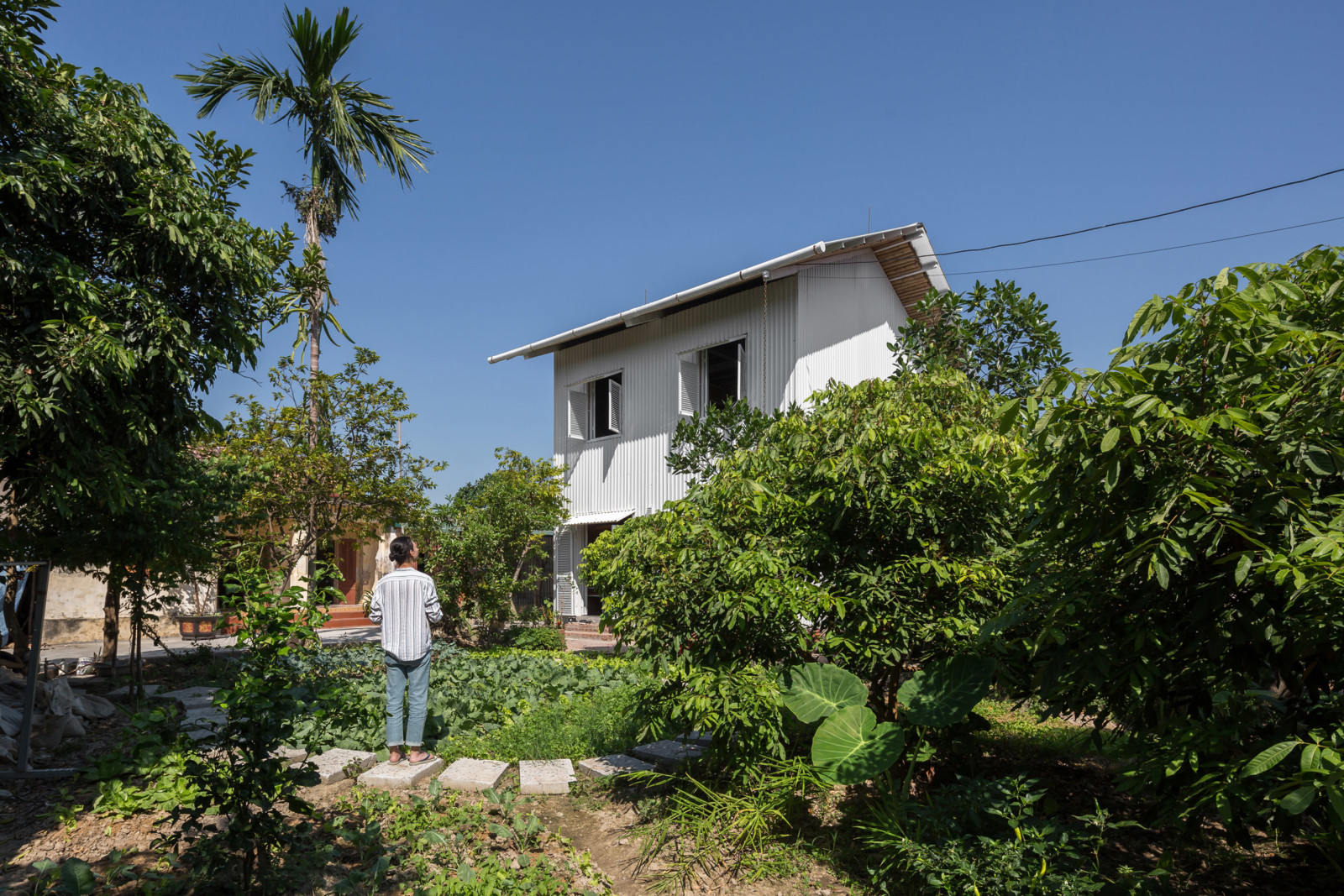
The studio previously created the AgriNesture house in Mao Khe in the same way, but that version was adapted to have a plantable roof.
“Human’s Optional USE is the continuation of that way of thinking,” Thanh Ha said. “At the moment, I am working on another house in Ninh Binh but with different materials. I hope to spread more of this fashion in the future.”
H&P Architects previously also wrapped brick walls around the Brick Cave house in Hanoi, which was designed to make the residents feel close to nature.
Photography is by Le Minh Hoang.
該工作室以前以同樣的方式在毛可(Mao Khe)建造了AgriNesture房屋,但該版本被改建為可種植的屋頂。
Thanh Ha說:“人類的選擇性使用是這種思維方式的延續。” “目前,我正在寧平(Ninh Binh)的另一間房子里工作,但是材料不同。我希望將來能更多地傳播這種時尚。”
H&P Architects之前也曾在河內的Brick Cave房屋周圍包裹磚牆,其目的是使居民感受到與大自然的親近感。
攝影是勒明·黃(Le Minh Hoang)。
FROM:https://www.dezeen.com/2020/12/27/hp-architects-designs-white-corrugated-metal-house-hai-duong/

